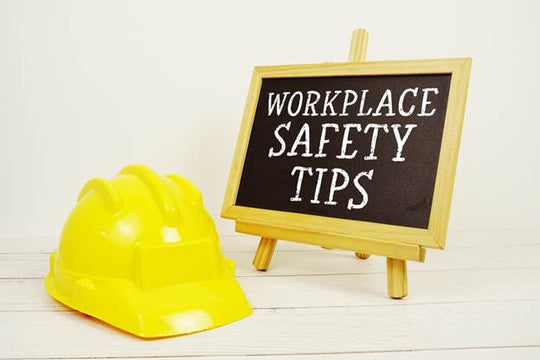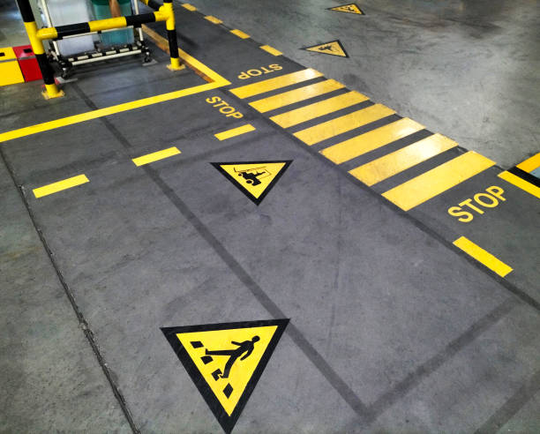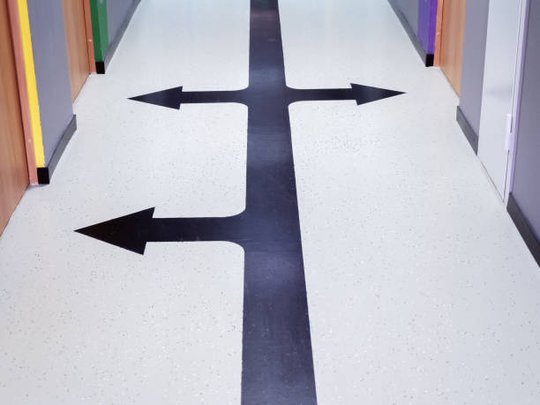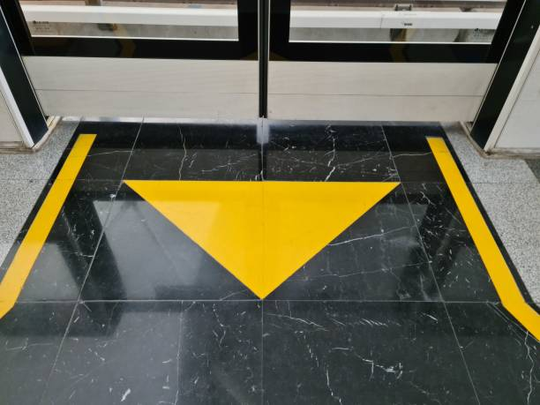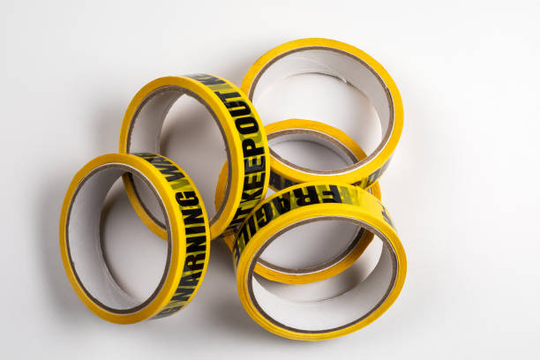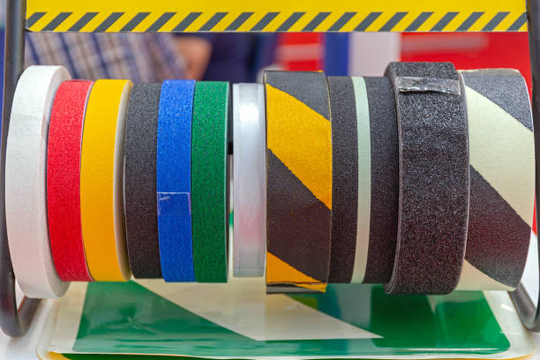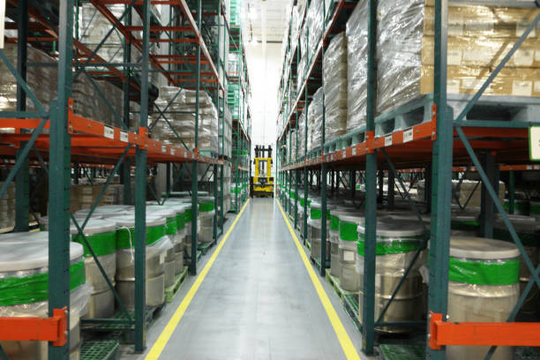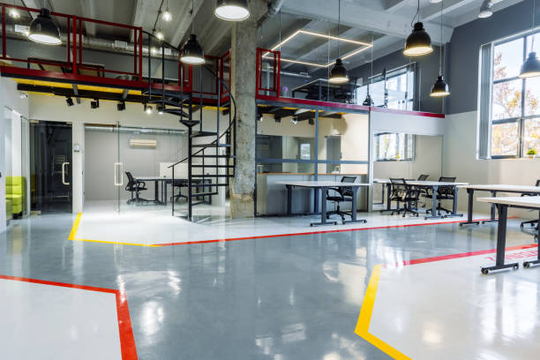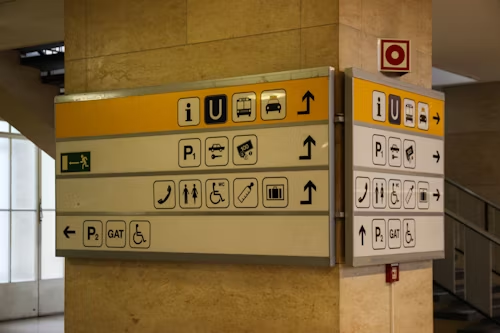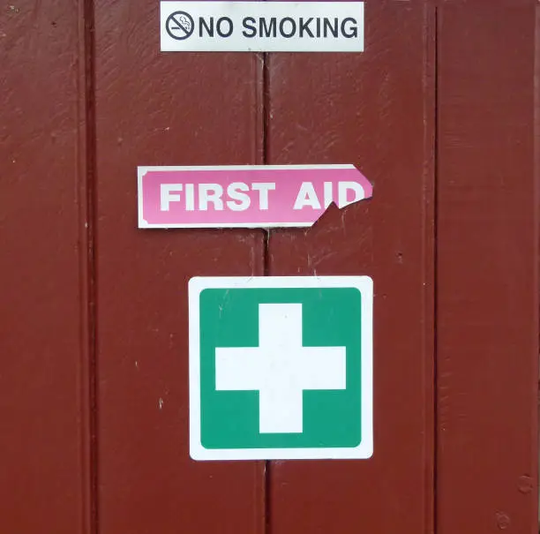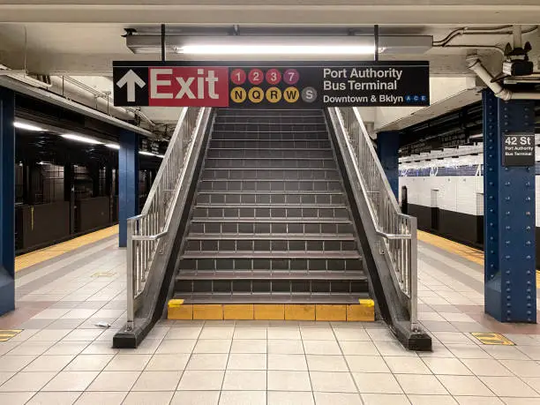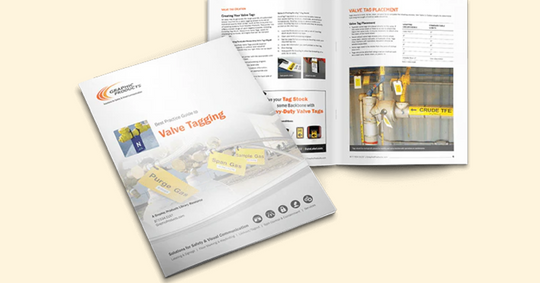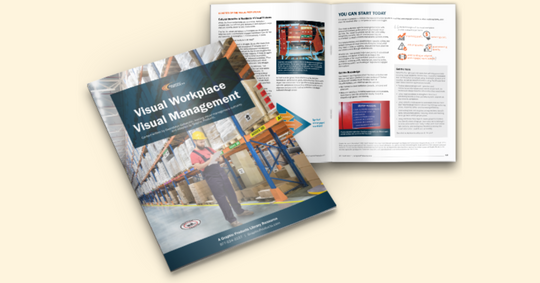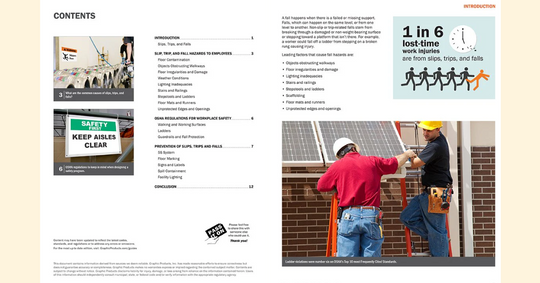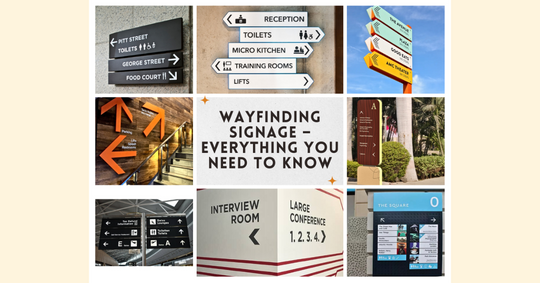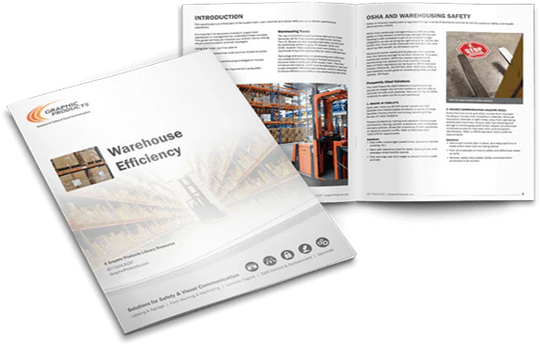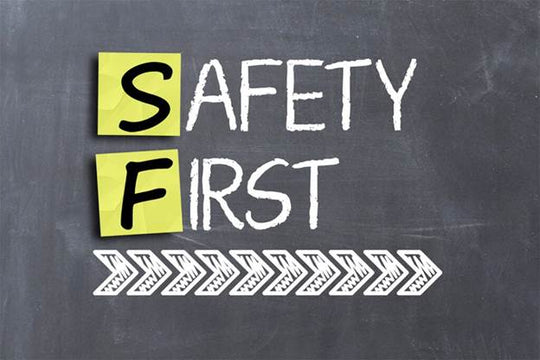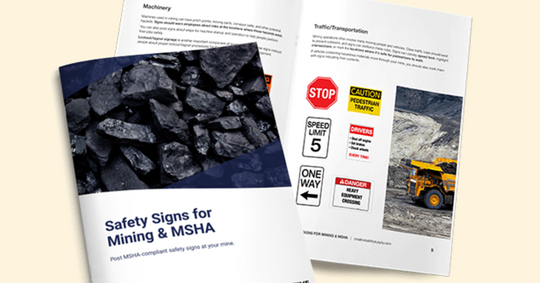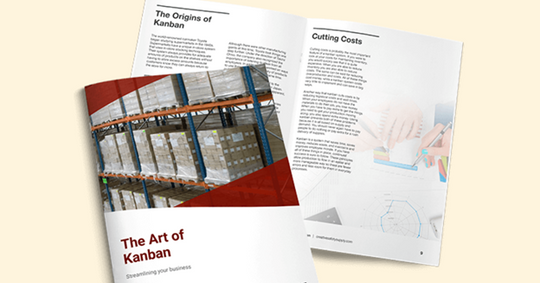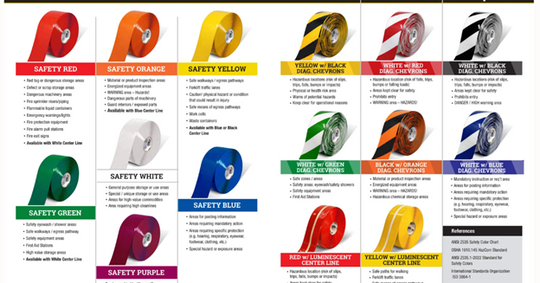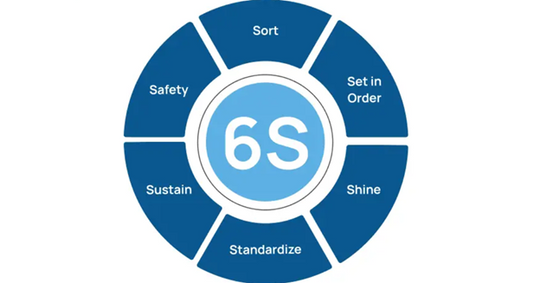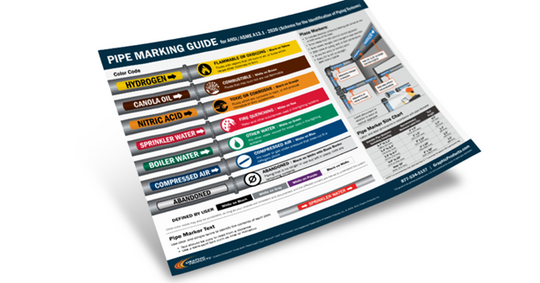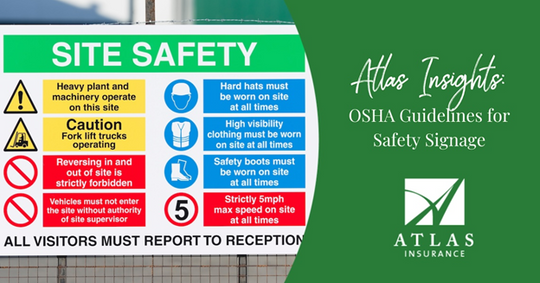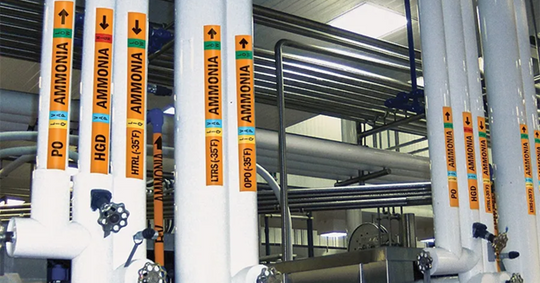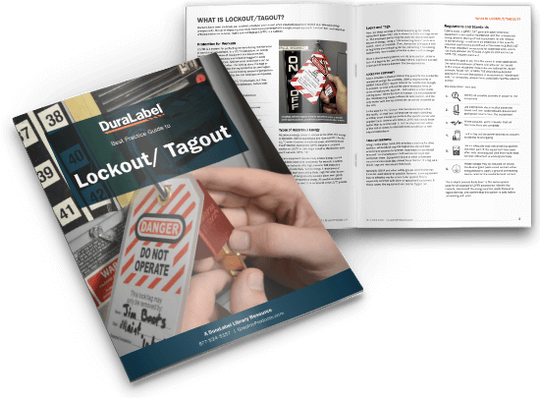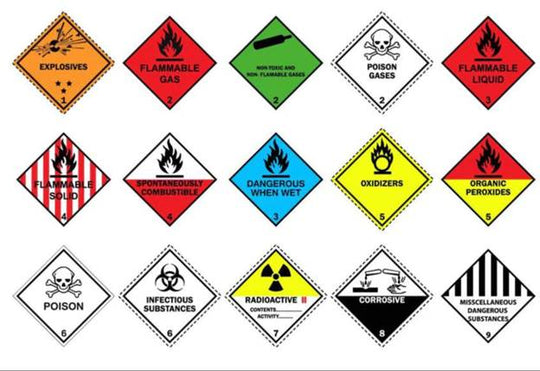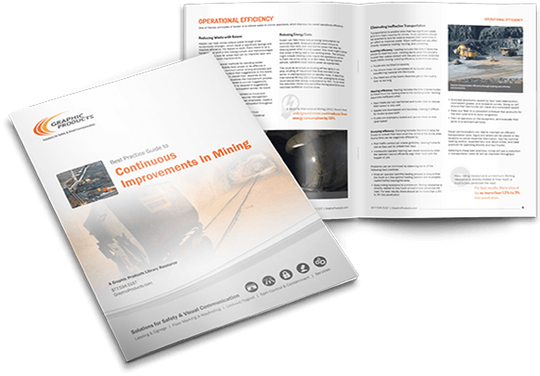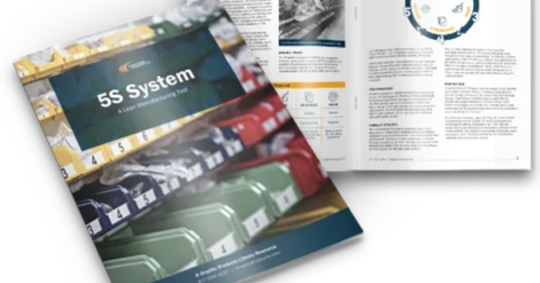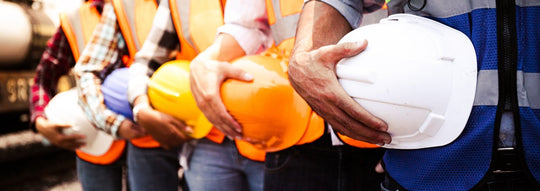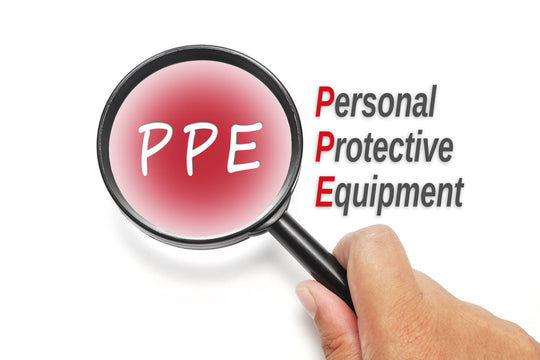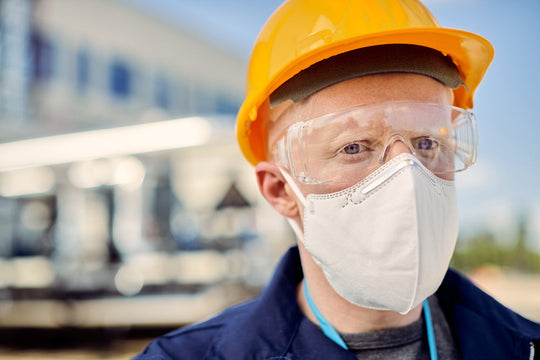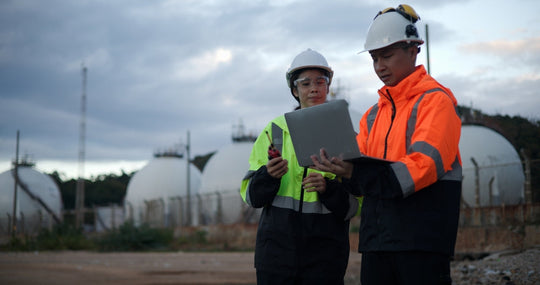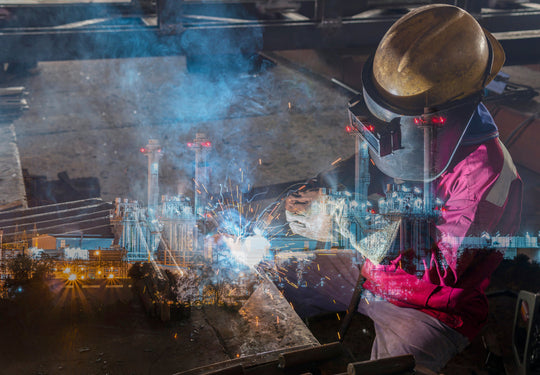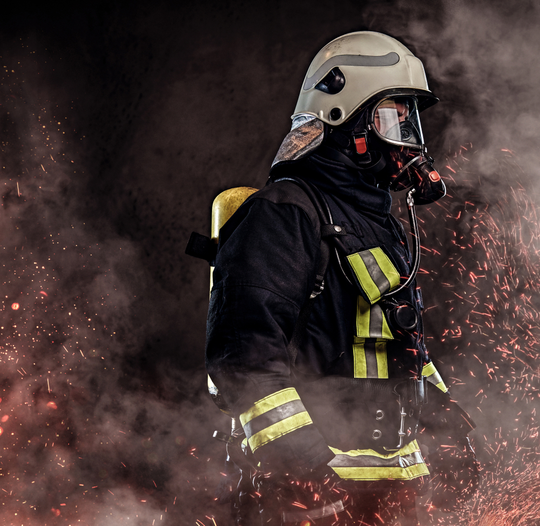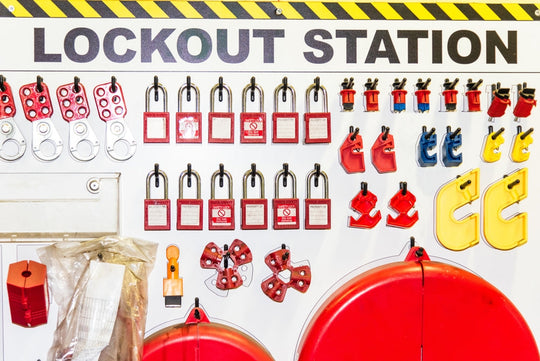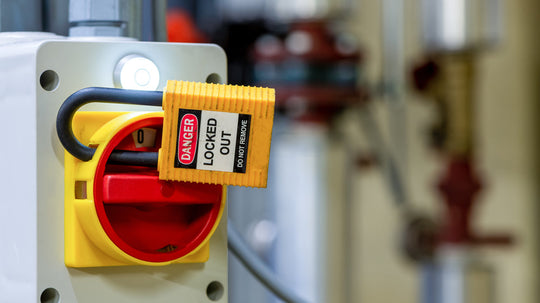Top Workplace Safety Tips for Accident Prevention
Workplace safety is paramount for any business. The well-being of your employees directly impacts productivity, morale, and the overall success of your operations.
From construction sites to offices, a safe working environment helps minimize accidents and promotes a culture of safety.
This guide will explore top workplace safety tips to prevent accidents and ensure that both employers and employees are committed to a safe, healthy workplace.
Workplace Safety Tips
Conduct Regular Safety Inspections
Understanding the Role of Inspections in Preventing Accidents
Safety inspections are the backbone of accident prevention. Regularly assessing your workplace helps identify hazards before they cause harm.
A routine inspection process not only helps in spotting potential risks but also ensures compliance with safety regulations and standards.
By addressing issues early, businesses can avoid costly accidents, downtime, and potential legal problems.
Key Areas to Inspect Regularly
- Work Areas: Check for slip, trip, and fall hazards, especially in high-traffic areas.
- Tools and Equipment: Inspect machinery and tools for wear and tear, ensuring they are in good working condition.
- Electrical Systems: Look for exposed wires or malfunctioning equipment that could cause fires or electrical shocks.
- Emergency Exits: Ensure all exits are accessible and clearly marked.
- Personal Protective Equipment (PPE): Regularly check that employees are using appropriate safety gear and it is in good condition.
Invest in Safety Equipment and Tools
Essential Tools for Workplace Safety
Investing in quality safety equipment is one of the most effective ways to prevent accidents. High-quality equipment ensures that employees are protected and that the workplace is equipped to handle any emergencies. Essential items include:
- First aid kits for medical emergencies.
- Fire extinguishers in easily accessible areas.
- Lockout kits to prevent hazardous energy during maintenance or repair work.
- Inspection tags to ensure tools and equipment are safe to use.
For more safety tools and equipment, visit our tags page to explore a wide range of products designed to enhance workplace safety.
How Lockout Kits Enhance Safety Protocols
A lockout kit is vital for controlling hazardous energy sources when servicing equipment or machinery. Lockout kits help prevent accidental start-ups or energy releases that could cause injuries.
Employees should be trained to use lockout kits whenever working with machinery to isolate energy sources safely.
By incorporating lockout kits into your safety practices, you create an additional layer of security, preventing avoidable accidents.
Employee Safety Training and Education
The Benefits of Ongoing Safety Training
Training your employees regularly is essential to maintaining workplace safety. Safety protocols should be taught as part of onboarding and reinforced periodically through refresher courses.
Ongoing education ensures employees remain aware of safety procedures, potential hazards, and how to react in emergency situations.
Key Training Programs to Consider
- General Safety Training: Covers the basics of workplace safety, emergency response procedures, and PPE usage.
- Equipment-Specific Training: Ensure employees are trained on how to operate tools and machinery safely.
- Emergency Response Drills: Conduct regular fire drills, evacuation drills, and first aid exercises to keep everyone prepared.
- Lockout Tagout (LOTO) Training: Proper training on how to use lockout kits and follow LOTO procedures to prevent accidental machine startups.
Promote a Safety-First Culture
Fostering a Workplace Environment Focused on Safety
Creating a safety-first culture requires commitment from leadership and active participation from all employees. Leaders must set the tone by prioritizing safety in every operation, from daily tasks to long-term projects.
Encourage employees to report unsafe conditions or near-miss incidents without fear of retaliation. This helps identify potential issues before they result in accidents.
Encouraging Safety Reporting and Feedback
Employees should feel comfortable raising safety concerns. A company-wide reporting system ensures that safety risks are addressed promptly.
Whether through physical suggestion boxes, digital apps, or direct communication, make it clear that reporting hazards is an essential part of maintaining a safe workplace.
Use the Right Safety Signage
The Role of Signage in Preventing Accidents
Signage plays a significant role in accident prevention. Clear, visible signs inform employees about potential dangers and remind them of safety protocols. Signs can guide workers in avoiding hazardous areas, using the right PPE, and following specific safety measures.
Recommended Safety Signage for Your Workplace
Warning Signs: Indicate potential dangers such as wet floors or heavy machinery in operation.
Exit Signs: Clearly mark emergency exits for quick evacuation.
PPE Requirements: Indicate areas where specific safety equipment is required, such as hard hats or gloves.
First Aid Station Signs: Ensure that employees know where the first aid kit or medical assistance is located.
By installing proper signage, you reduce confusion and provide essential information that can prevent workplace accidents.
Emergency Preparedness and Response Plans
Creating Effective Emergency Procedures
An effective emergency response plan ensures that all employees know how to react in the event of a crisis. Whether it’s a fire, a natural disaster, or an injury, having a clear plan in place can save lives and minimize damage.
Training Employees for Emergency Situations
Make sure your employees are trained on:
- Evacuation procedures: Knowing the quickest route to safety.
- Fire safety: Understanding how to use fire extinguishers and other safety tools.
- First aid: Knowing how to assist a coworker until professional help arrives.
- Incident Reporting: Having a clear process for reporting and documenting accidents.
Every worker should know their role in the event of an emergency, and regular drills should be conducted to keep everyone prepared.
Regular Maintenance of Workplace Tools and Equipment
Why Preventive Maintenance is Crucial
Regular maintenance of tools and equipment is vital to prevent unexpected breakdowns that could lead to accidents. Routine maintenance checks help identify worn-out parts and faulty equipment that could pose a danger to workers.
Key Areas to Focus on for Equipment Safety
- Power tools: Ensure cords and switches are in good working order.
- Heavy machinery: Regularly check for leaks, rust, or mechanical issues.
- Workstations: Clean and maintain workstations to avoid clutter, which can lead to accidents.
Scheduling preventive maintenance for tools and equipment ensures that everything runs smoothly and safely.
Proper Personal Protective Equipment (PPE)
Ensuring the Correct PPE for All Employees
Personal Protective Equipment (PPE) is designed to safeguard workers from injuries in hazardous work environments. It’s essential to provide workers with the proper PPE suited for their specific job duties.
PPE Guidelines for Various Work Environments
- Construction Sites: Hard hats, safety boots, gloves, and high-visibility vests.
- Laboratories: Lab coats, goggles, gloves, and face shields.
- Manufacturing Facilities: Steel-toed boots, ear protection, gloves, and eye protection.
Employers must ensure that PPE is in good condition and regularly replaced when damaged. Training workers to use PPE correctly is equally important to ensure its effectiveness.
Explore More: Essential Safety Tips for Every Workplace
|
Safety Tags Tips |
Short Description |
|
Tips for Effective Use of Safety Tags in the Workplace |
|
|
Essential Scaffold Safety Tips for Workers |
|
|
Comprehensive Workplace Safety Tips for Employers |
|
|
A Step-by-Step Lockout Tagout Checklist for Maximum Safety |
|
|
Top Tips for Improving Warehouse Safety Standards |
|
|
Key Safety Tips for Small Businesses |
|
|
Best Practices for Lockout Tagout Procedures |
|
|
The Importance of Fire Safety Signage in Workplaces |
|
|
Essential Personal Protective Equipment (PPE) Tips |
|
|
Best Practices for Scaffold Inspections |
|
|
How to Use Industrial Labeling for Safety and Compliance |
|
|
Construction PPE Safety Tips for Protecting Workers |
|
|
Advanced Safety Tips for a Safer Workplace Environment |
Conclusion
A safe work environment goes beyond safety protocols; it involves creating a culture where employees prioritize hazard prevention and understand how to maintain a safe workplace.
Regular inspections, training, and the right safety tools—like lockout kits and PPE—are essential in reducing risks. Leaders must set the tone by promoting best workplace safety practices, ensuring that safety is a shared responsibility that benefits everyone.
FAQs
Why are safety inspections important?
Safety inspections help identify potential hazards before they lead to accidents, ensuring that your workplace complies with safety regulations and remains a safe environment for workers.
What is a lockout kit, and why is it important?
A lockout kit is a safety tool used to prevent the accidental release of hazardous energy when maintaining or repairing equipment. It is essential for protecting workers from electrical or mechanical accidents.
What is the best way to promote a safety-first culture?
A safety-first culture can be promoted by leading with example, encouraging open communication, and providing employees with continuous safety tips and feedback mechanisms.
How often should safety equipment be maintained?
Safety equipment should be inspected and maintained regularly to ensure it is functioning correctly. For example, lockout kits, PPE, and first aid kits should be checked frequently for wear and replenished as necessary.
What are the key components of an emergency response plan?
An emergency response plan should include clear evacuation routes, fire safety protocols, first aid procedures, and guidelines for incident reporting to ensure a quick and organized response to emergencies.

